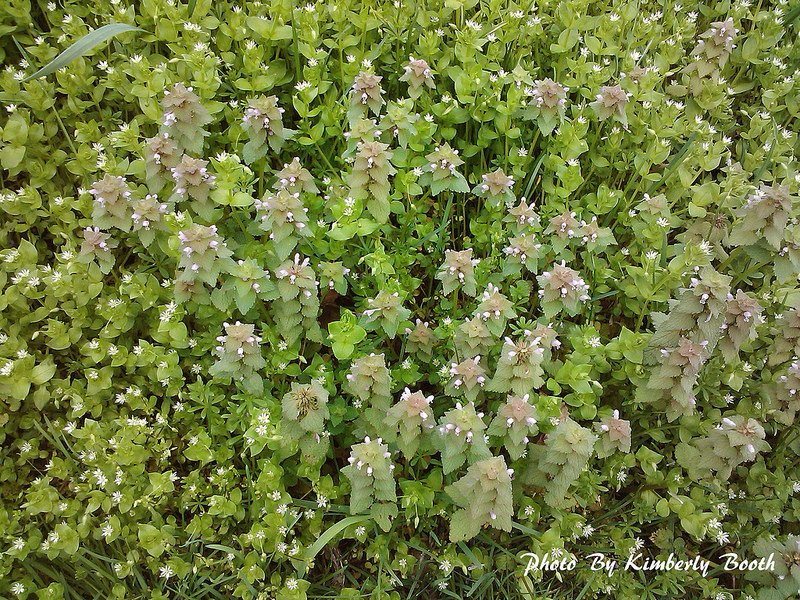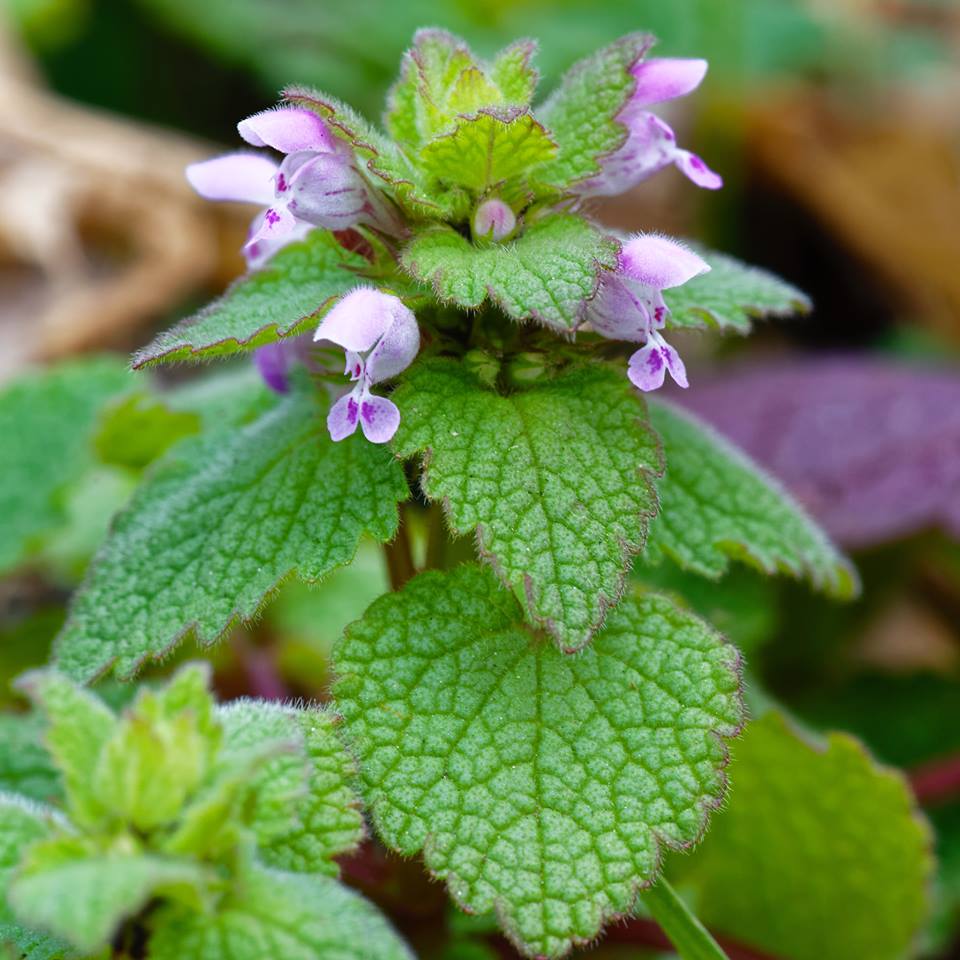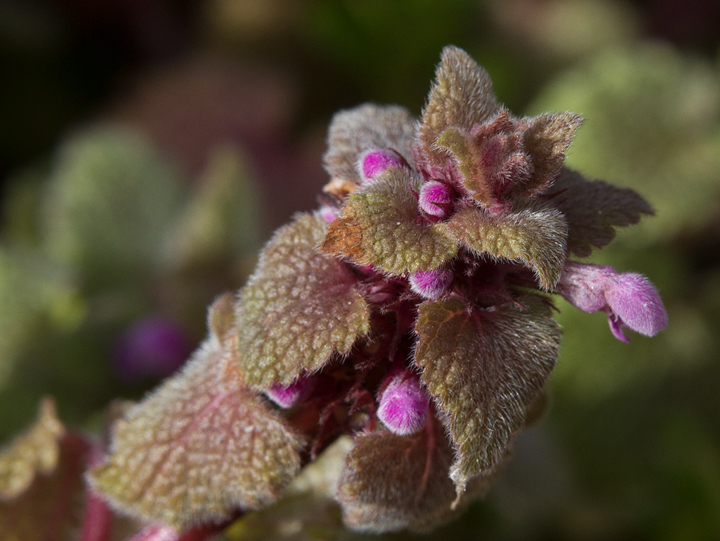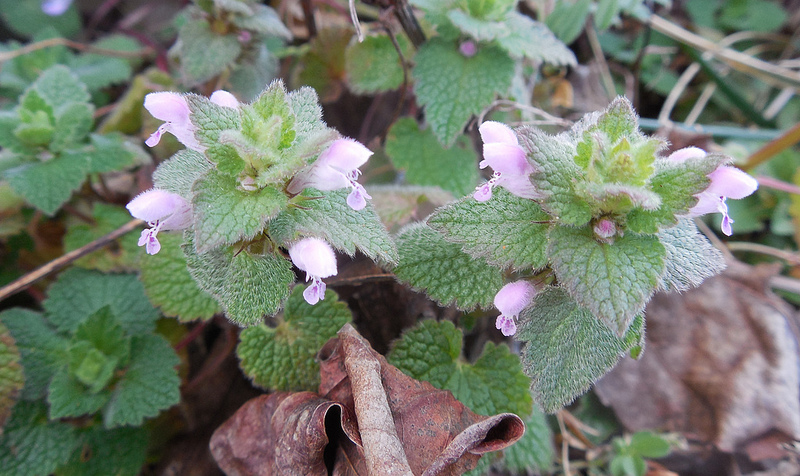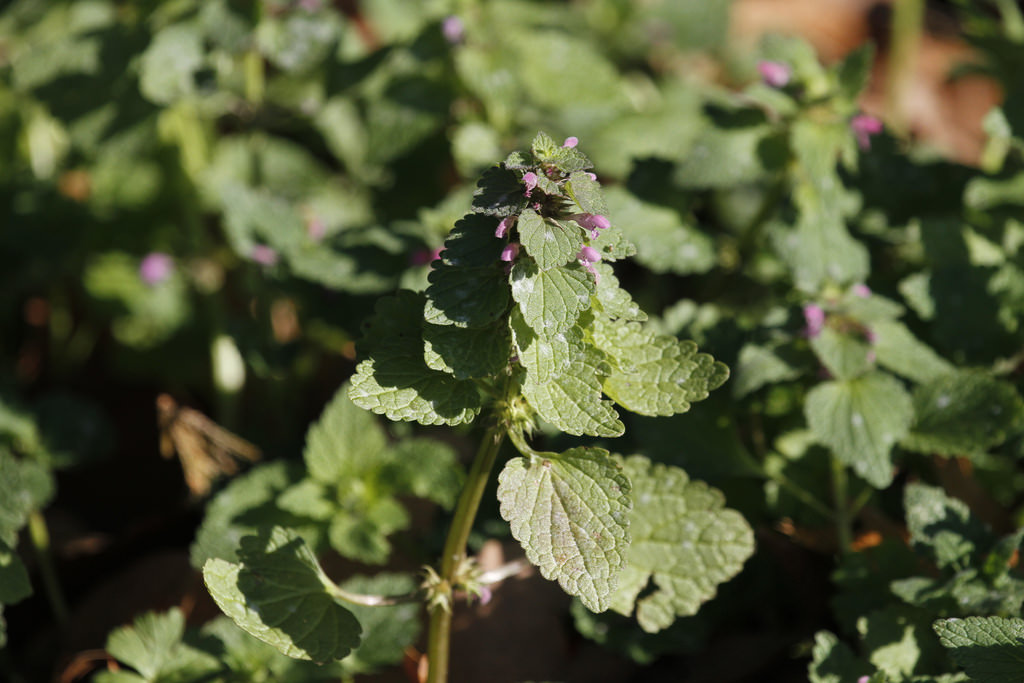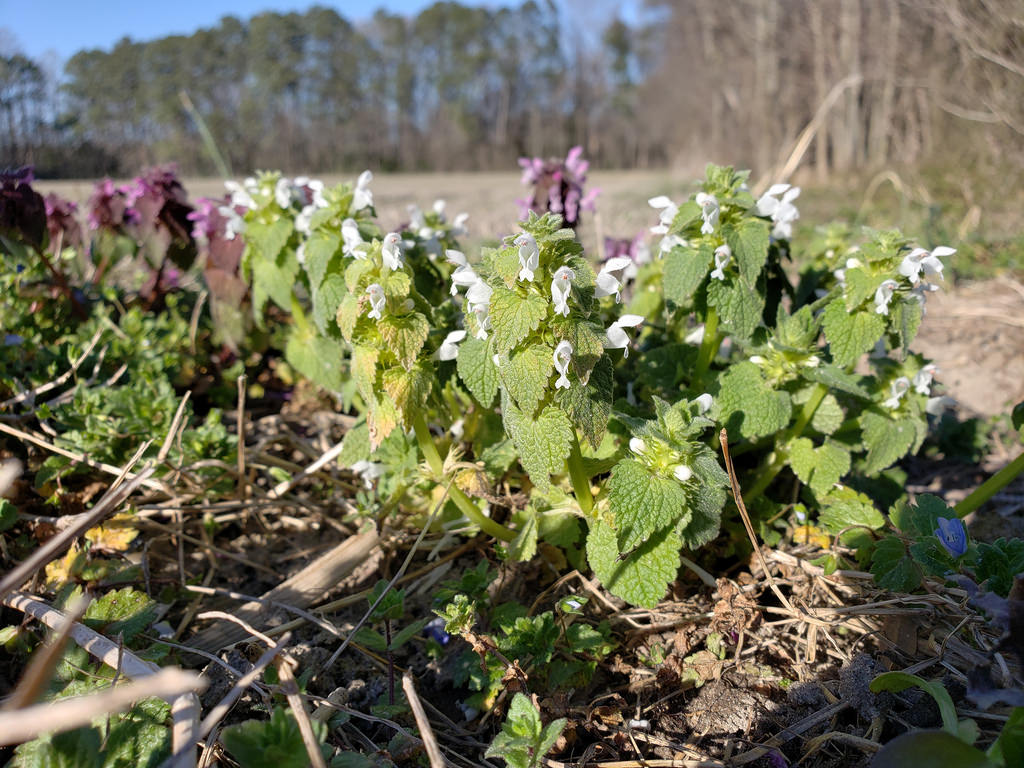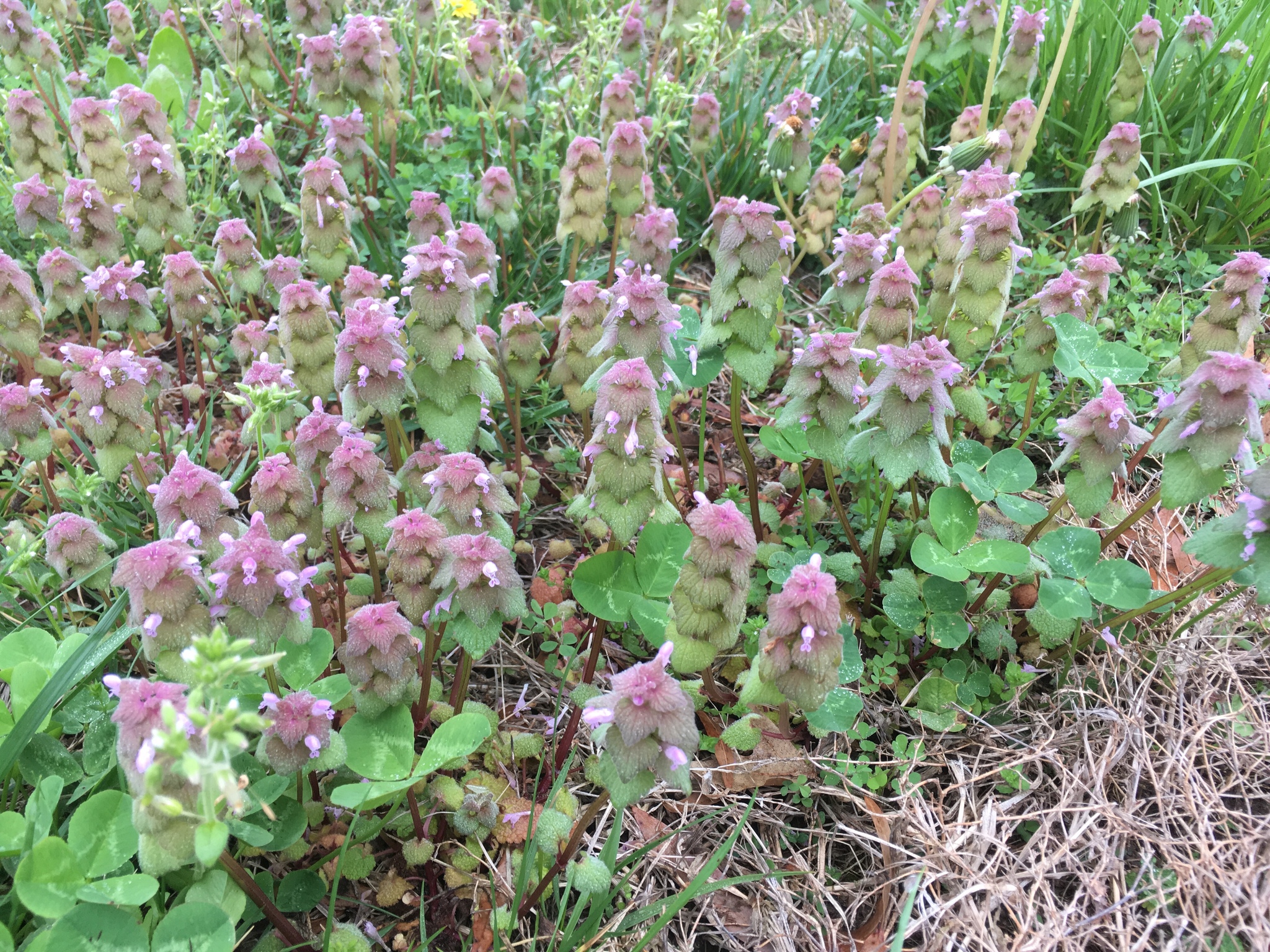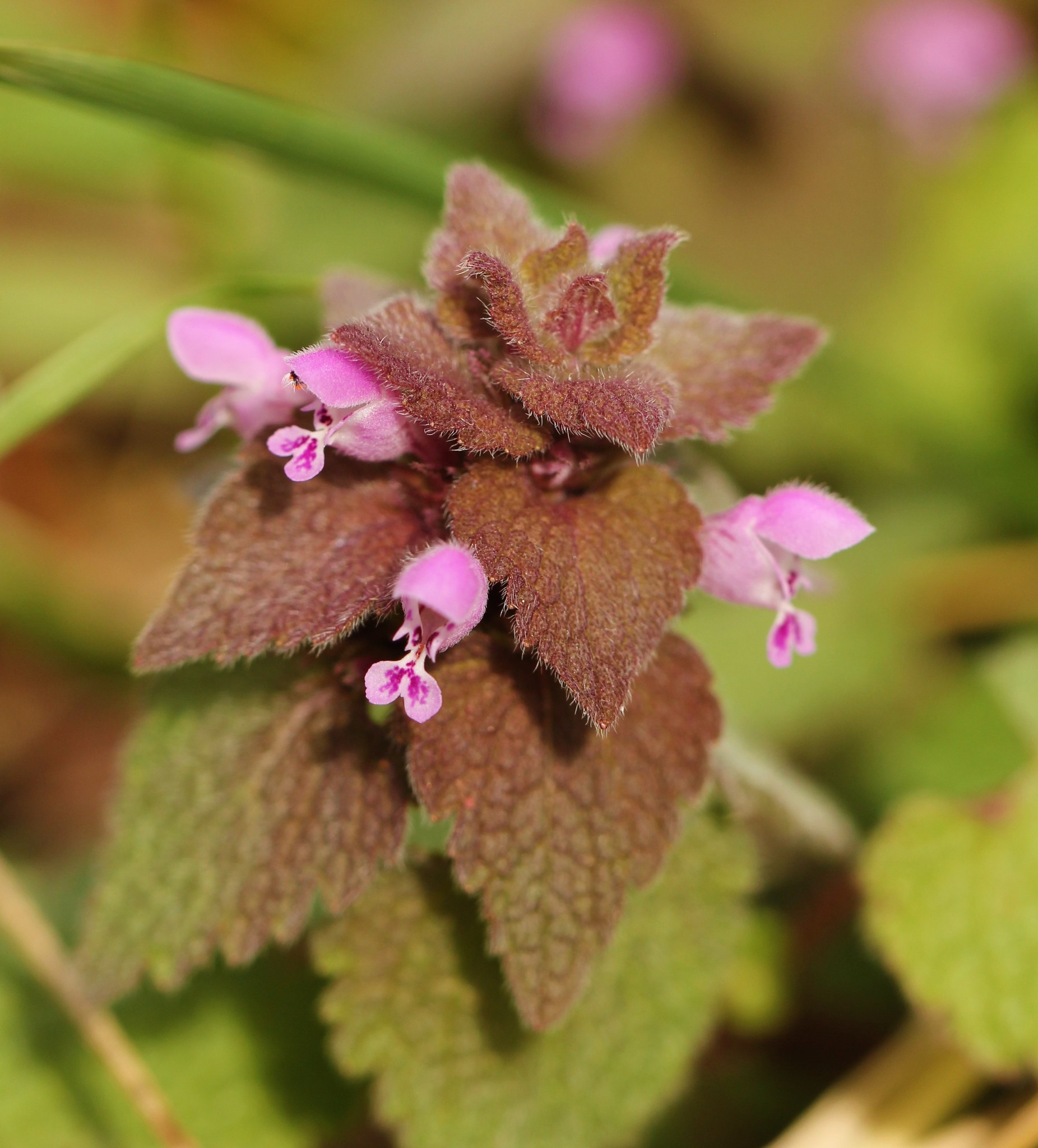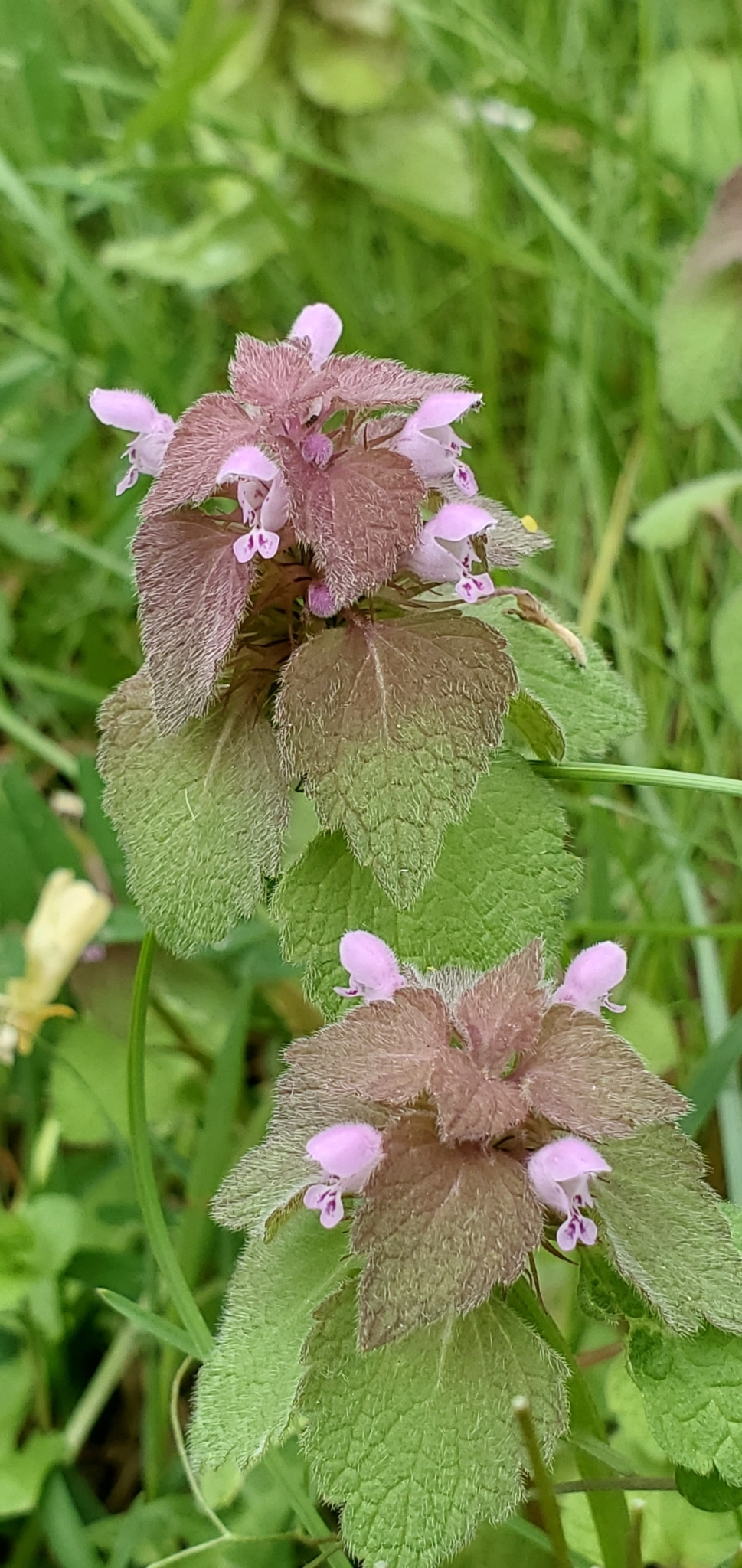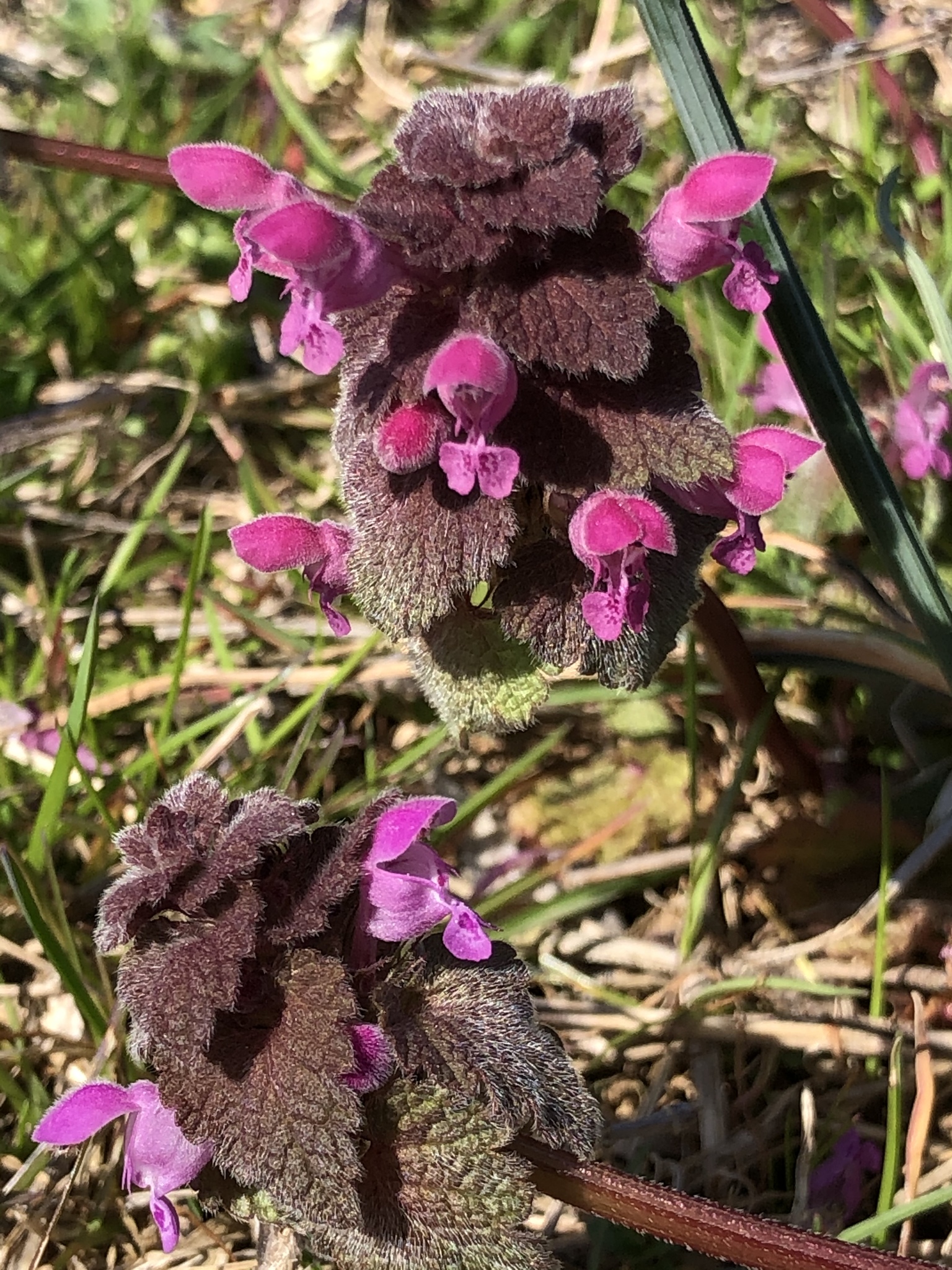

 Synonyms: Purple Dead Nettle, Purple Henbit, Red Dead Nettle, Red Deadnettle.
Synonyms: Purple Dead Nettle, Purple Henbit, Red Dead Nettle, Red Deadnettle.























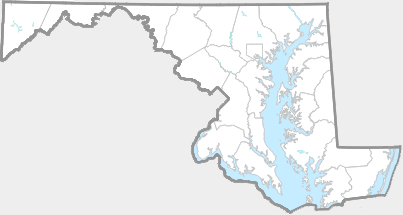
"Naturalized from Europe; Newfoundland, Nova Scotia, west to Minnesota, south to South Carolina, West Virginia, Ohio, Indiana, Illinois and Missouri" (Reed, 1964). The common name is a misnomer, as the plant is not a nettle; instead it belongs to the Mint Family. Presumably it is called “dead” nettle because the leaves, though somewhat resembling nettle leaves in shape, lack the stinging hairs of nettles.
As is typical of the Mint Family, Purple Deadnettle has square stems, opposite leaves, and five-petaled flowers. It is low-growing and can easily be confused with two other low-growing mints, Henbit and Ground Ivy. Purple Dead-nettle has purple in the leaves of the upper stem. Its leaves have petioles (stalks) and are deltoid (triangular) in shape, with serrate margins. In contrast, Henbit's leaves have no petioles, and each pair of leaves encircles the stem. The leaves have crenate to shallowly lobed margins. Ground Ivy leaves have long petioles and are kidney-shaped to round, with crenate margins.
This common, low-growing species can be found along roadsides and in yards, fields, and disturbed soil throughout Maryland.
There are 1,776 records in the project database.
| GA | AL | WA | FR | CL | MO | HO | BA | BC | HA | CE | PG | AA | CV | CH | SM | KE | QA | CN | TA | DO | WI | SO | WO |
